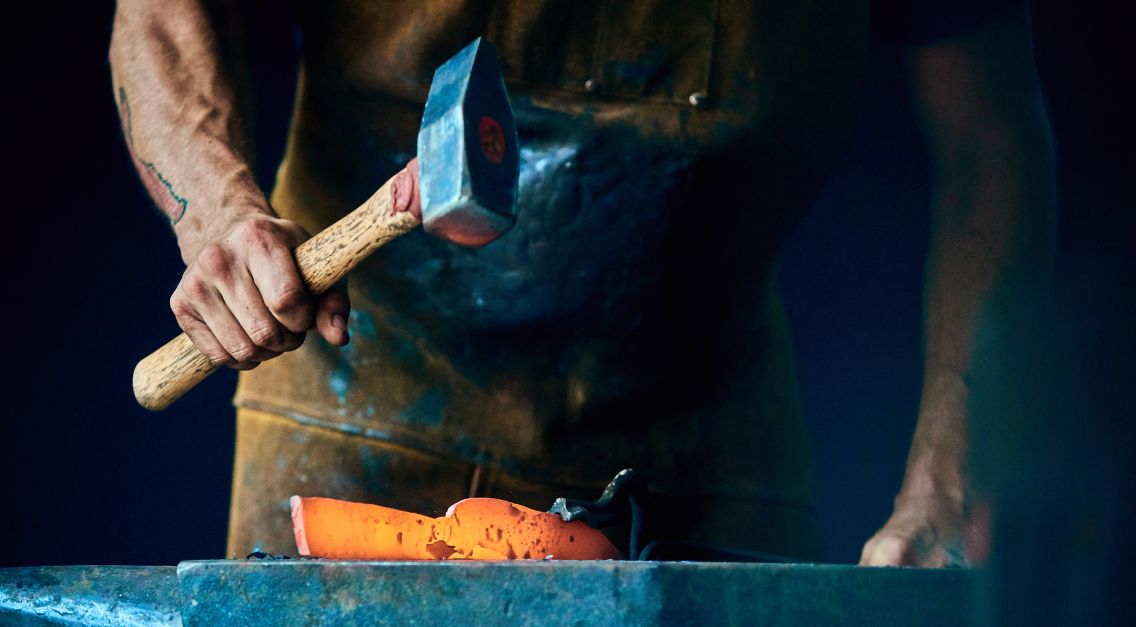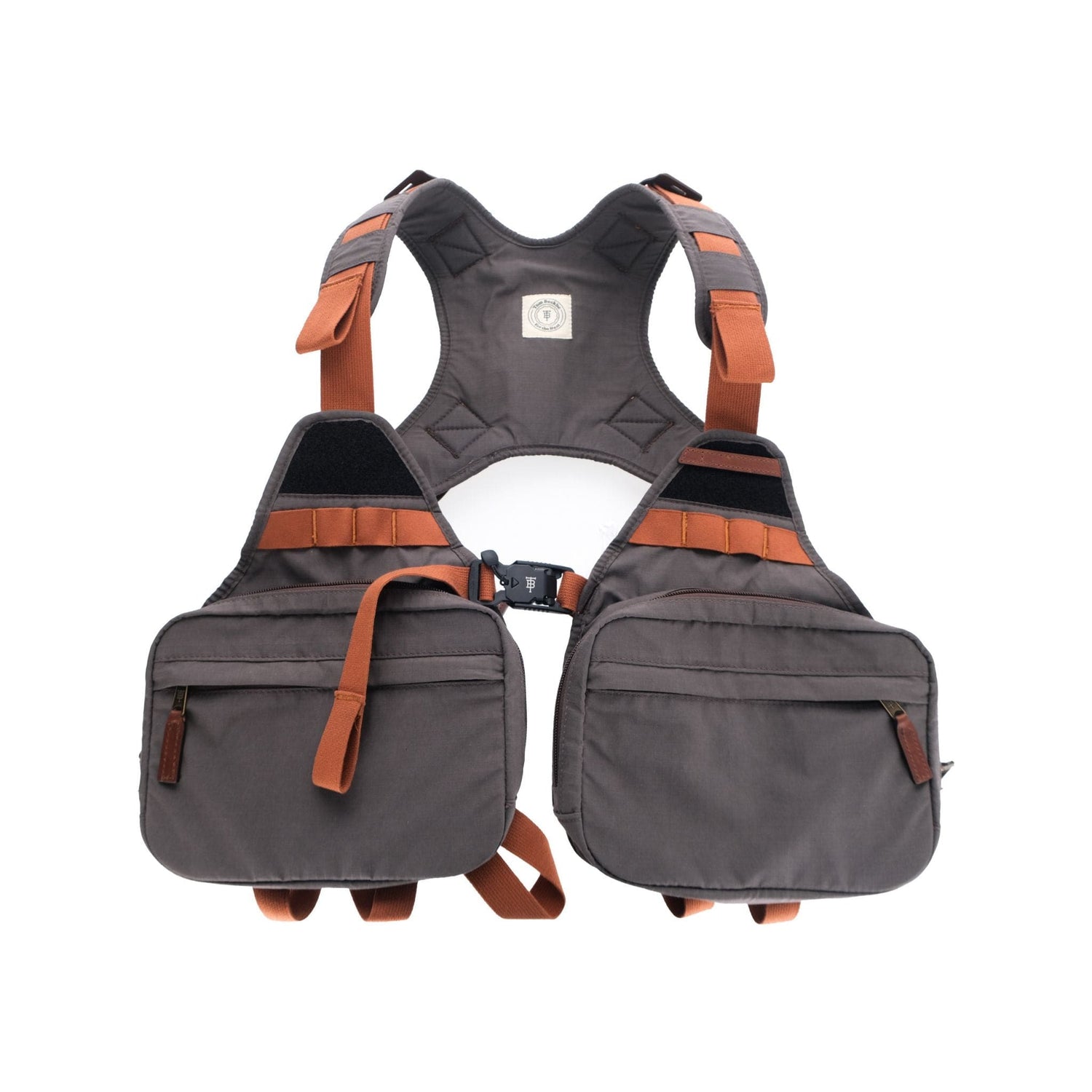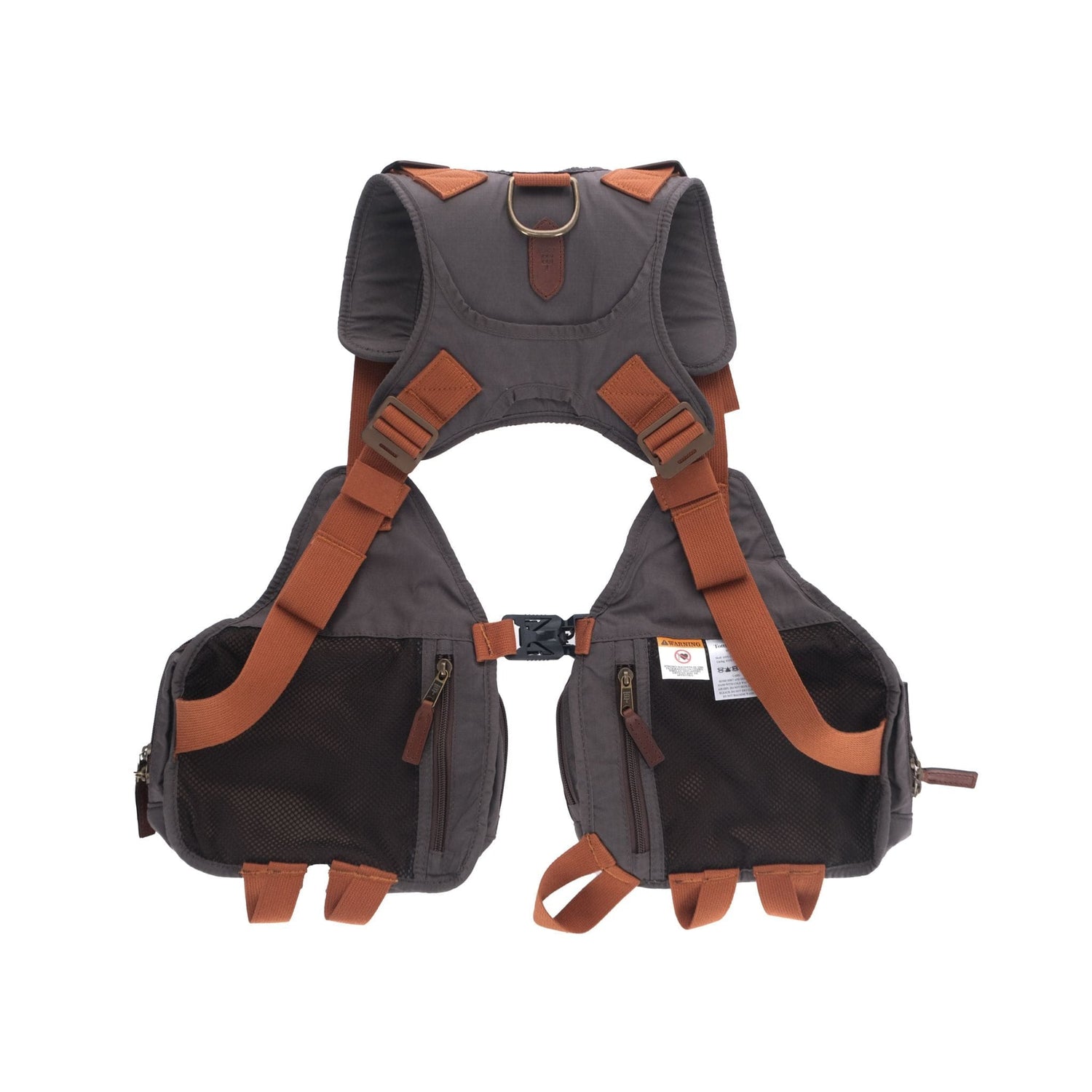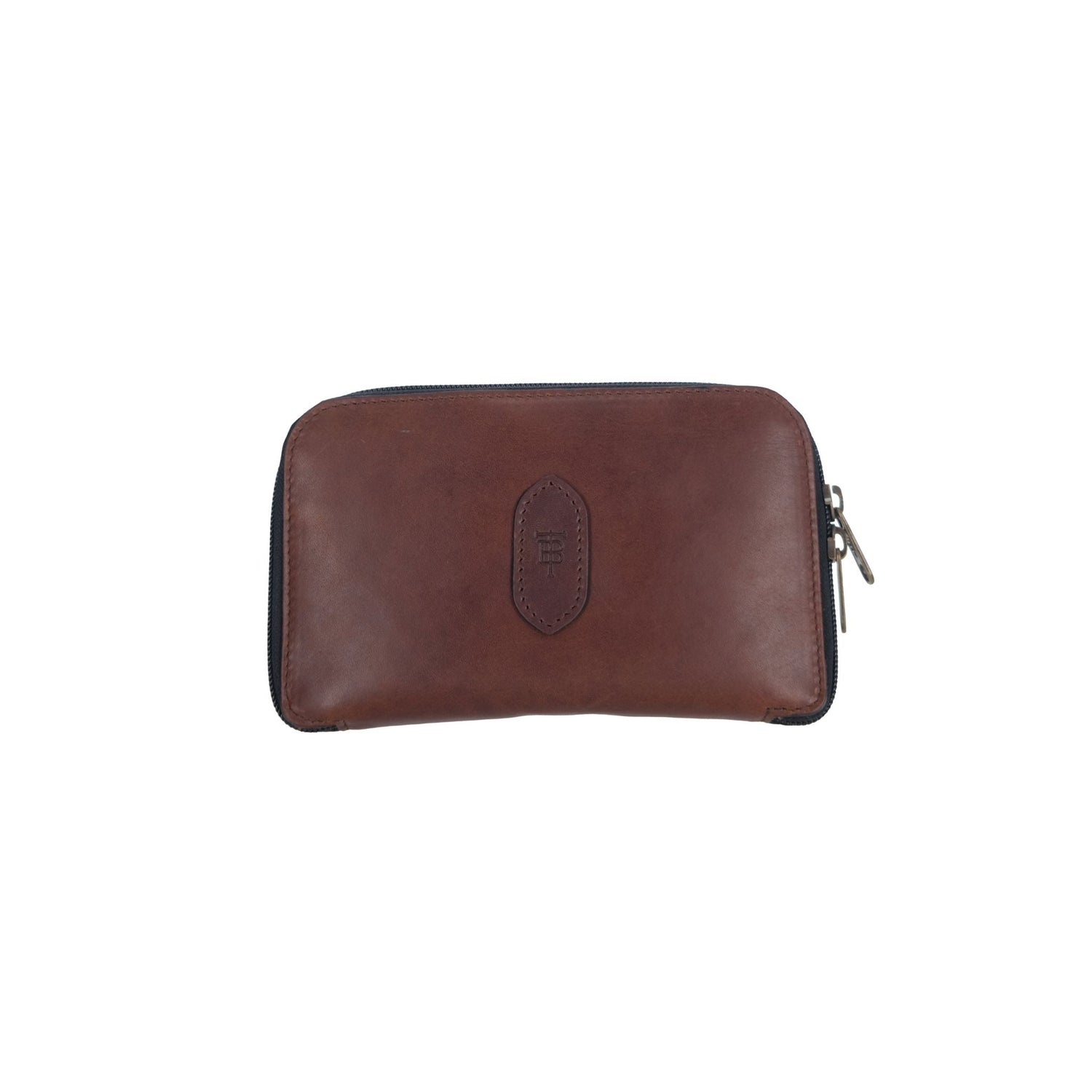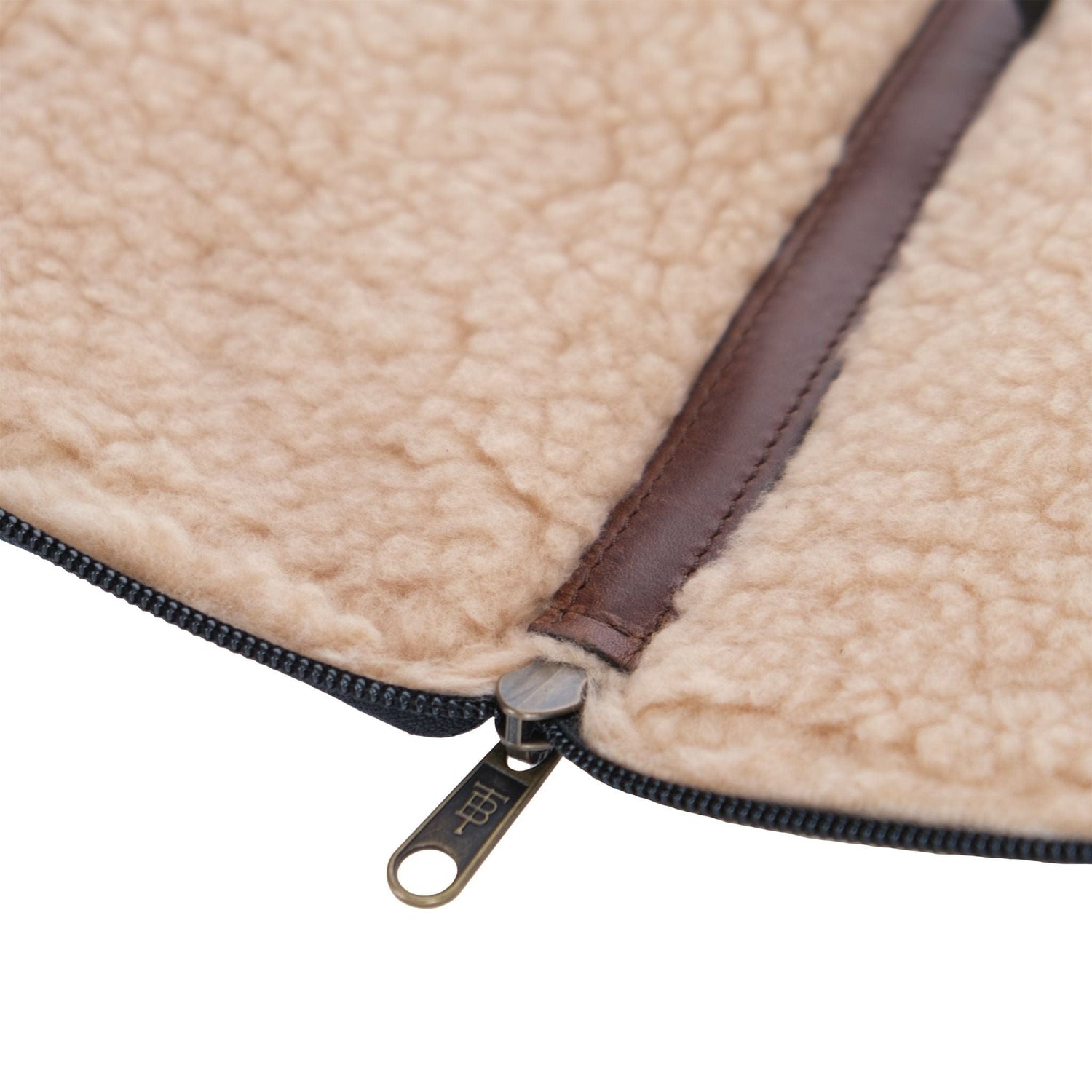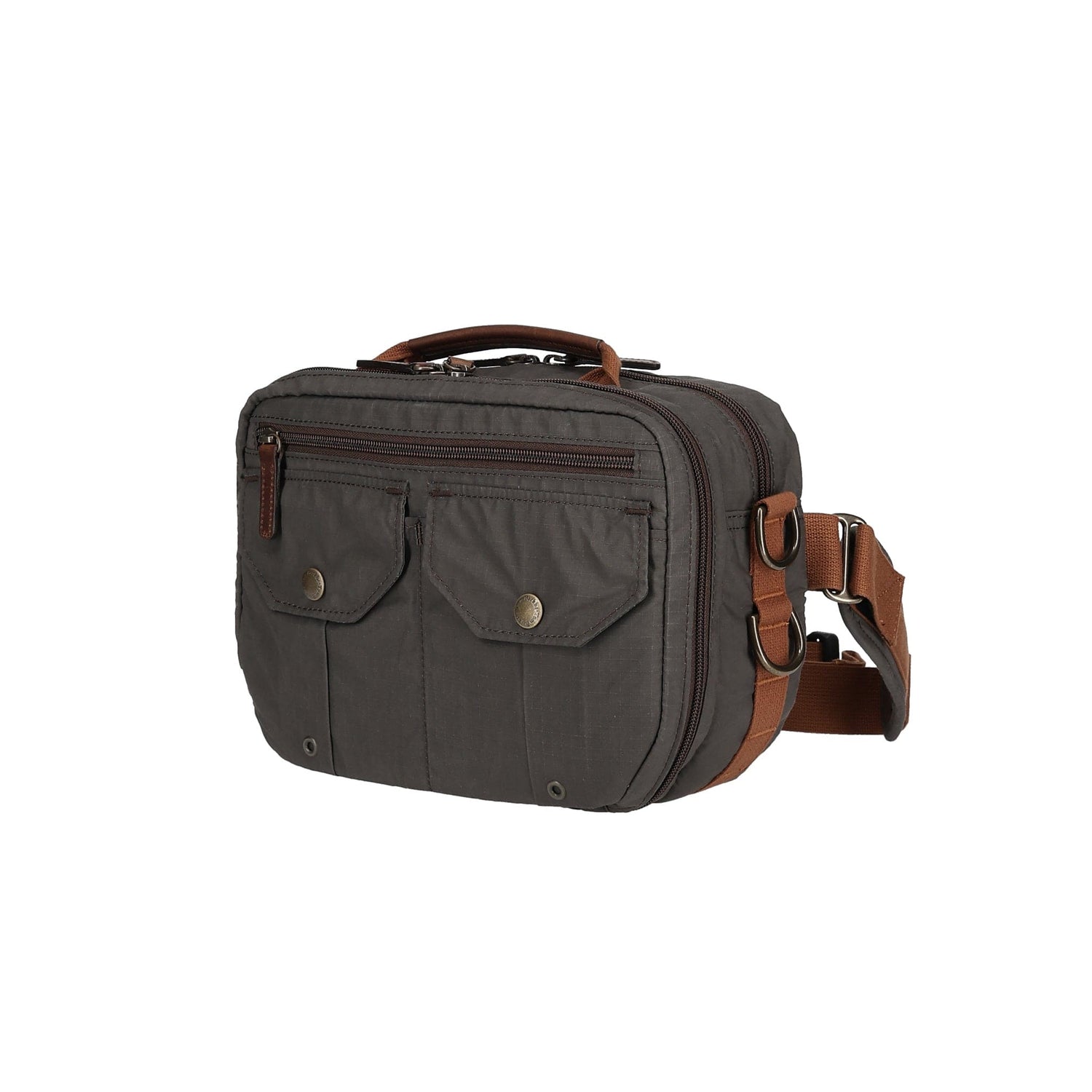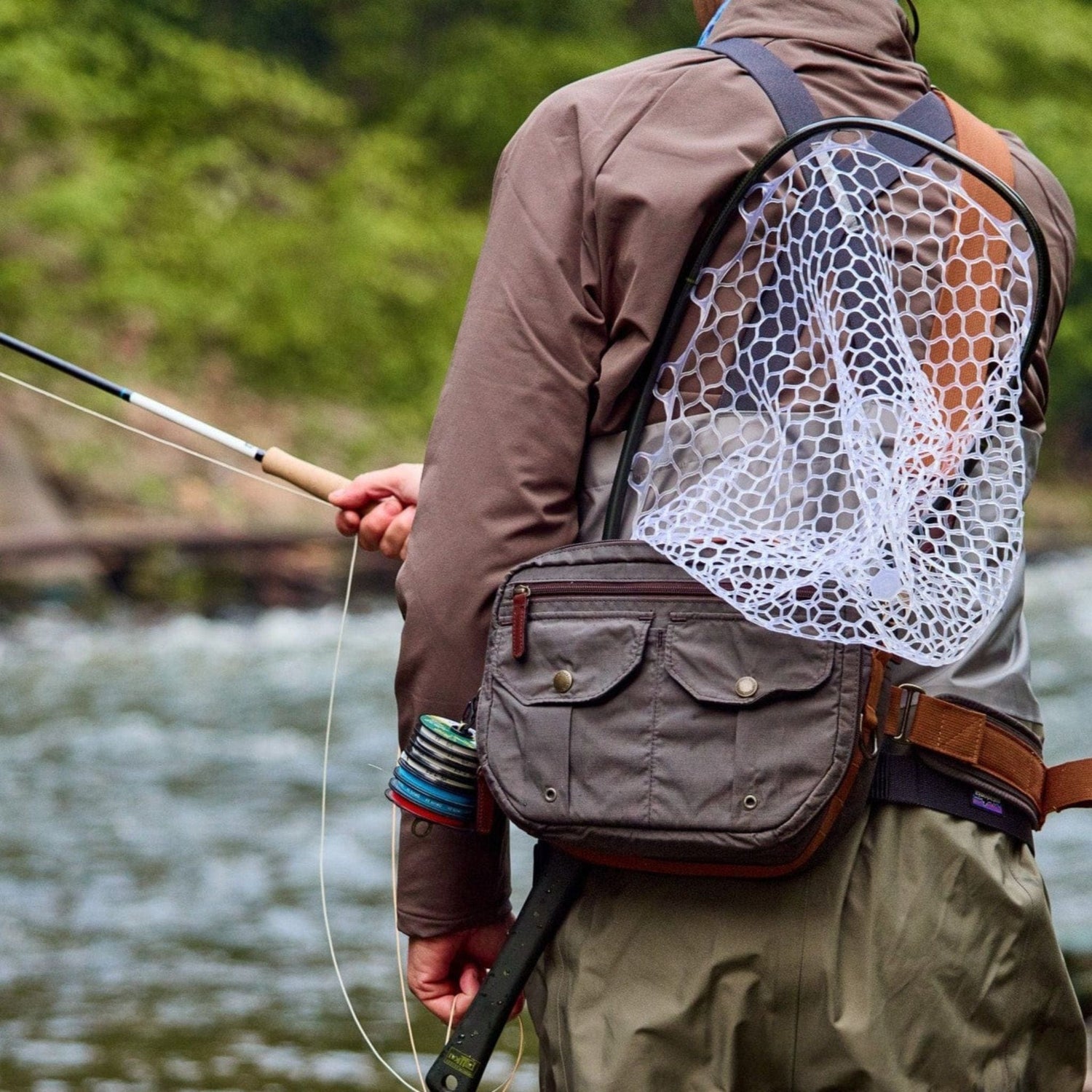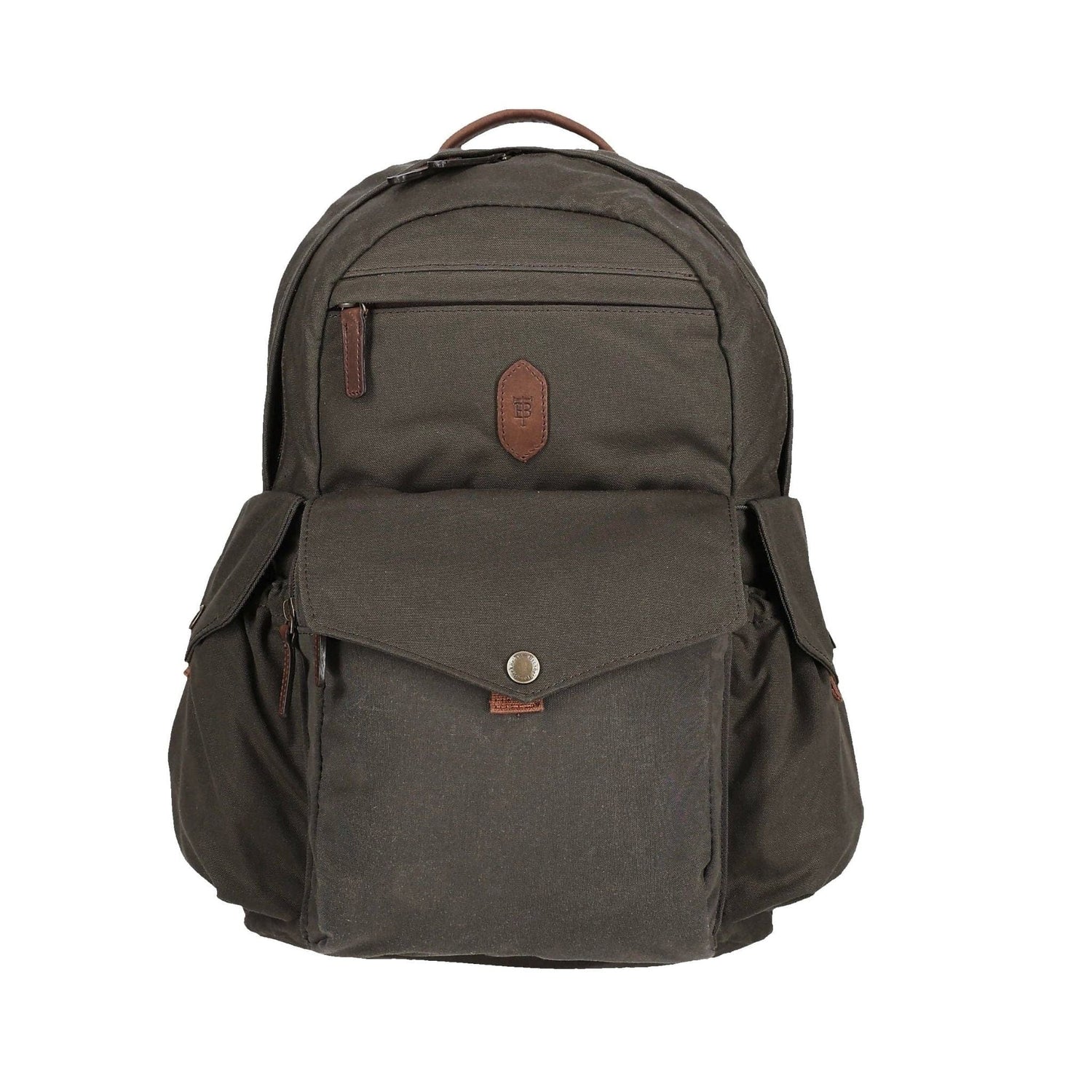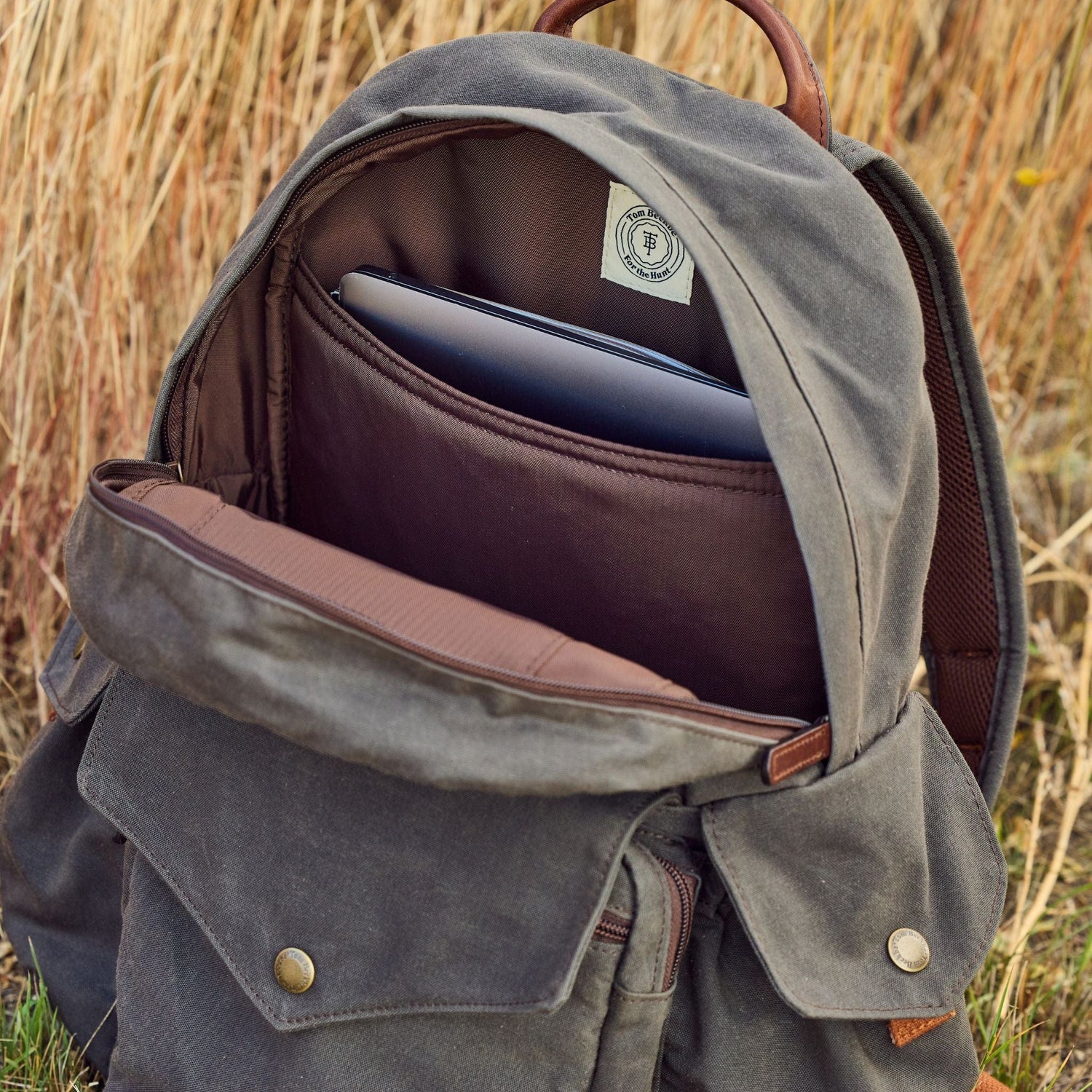What makes a good knife? If you ask a dozen knife makers, you’ll likely get a dozen different answers. The reality of the situation is this: a worthwhile knife is designed with a purpose in mind. You stray too from that purpose, and you’ll find yourself caught in the inferno of frustration that only an inefficient tool can ignite.
Now, to get to the root of knife selection and purpose, you need to examine what exactly makes up the components of a knife. By modern standards, every knife has — at minimum — two elements: a hardened steel blade and a handle. Both elements can vary widely in size, shape, and composition.
The Blade
There are more types of steel out there in the world than I have room to list here. From high carbon steel to layered Damascus to stainless, steel type is a major factor when choosing a blade. Elements to look for in the steel type boil down to three key components: durability, maintenance, and aesthetics.
With a steel’s durability, you’re looking for a high level of hardness without venturing too far into brittleness. A good knife is hard enough to hold an edge through some exceedingly tough work yet still springy enough to perform without snapping. Many woodsmen can attest to the frustration of losing an overly hardened knife’s tip in a bone or joint when dressing a large animal. To measure a steel’s hardness, the Rockwell scale is used by many manufacturers and can give you a general idea of how your blade may perform under duress.
The second component to look for in a blade is the maintenance required. Any hunter or chef will tell you that the better maintained a blade is, the better it will perform. This means cleaning and oiling the blade after each use as well as being aware that the shiny glint of your blade will likely fade as it takes on a patina. Personally, I love a good patina — it tells a story of successful hunts and good times. If maintenance isn’t really your thing, then consider something of the stainless variety. Sure, it won’t perform quite as well as a high-carbon blade, but you won’t run the risk of rotting out an expensive knife. Arguably the most versatile steel is high carbon (such as 1095). This type of steel performs well across the board in the field, however its makeup makes it prone to rusting very quickly if not maintained properly.
Lastly comes aesthetics. For many, a knife can become an extension of their personality. Like King Arthur’s Excalibur and Indiana Jones’ whip, a useful tool is invaluable to anyone adventuring through the fields and forests. A blade’s steel can often lend itself to aesthetic purposes that, for many, outweigh the nuances of versatility. If the look of a blade is important to you, perhaps Damascus or a more artistic finish or construction are up your alley.
The Handle
For the sake of brevity, we will break knife handles down into two types: full tang and hidden tang. Put simply, the tang of a knife is the element of the blade that extends down into the handle. A hidden tang is a type of construction where the blade extends down into the handle via a thin finger of steel around which the handle materials are stacked snuggly and secured with glue and at least one structural element (such as metal pins or even a threaded or pinned pommel as seen on the famous USMC KA-BAR utility knife).
A full tang knife is one where the steel of the blade extends down into the full shape of the handle, and the handle materials are attached to the sides of the fully formed steel handle. These handle elements are called scales and can be made from a wide variety of natural or synthetic materials.
Both types of handles have their benefits and drawbacks, but the cardinal rule is this: if you’re going to be beating on a blade, or even possibly depending on it in any significant fashion, go with a full tang. This is because even if the handle scales break, which is always a possibility, you’ll still have a fully functional knife.
In the end, a good knife is much like a good rifle or shotgun; a bad gun can foul the shot of a good hunter, but a good gun does nothing to increase the ability of a bad hunter. If you want to be effective with a blade, then you need to practice. I’ve met far too many deer hunters up here in the great white north that sport a menagerie of big fancy blades yet refuse to butcher their own game (and even a few who squirm away from field dressing). If you’re going to pine over the quality and functionality of a knife, then you ought to be ready to learn to use it the right way. In truth, that’s all that really matters.
About the Author
Douglass Hoover is a Marine infantry combat veteran with an MFA from Emerson College. When not forging, woodworking, or hunting you can find him hidden away in some darkened nook of the farm drinking cheap scotch and swearing at a computer while he tries to write his next novel.
